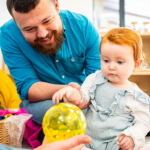



Content Writer
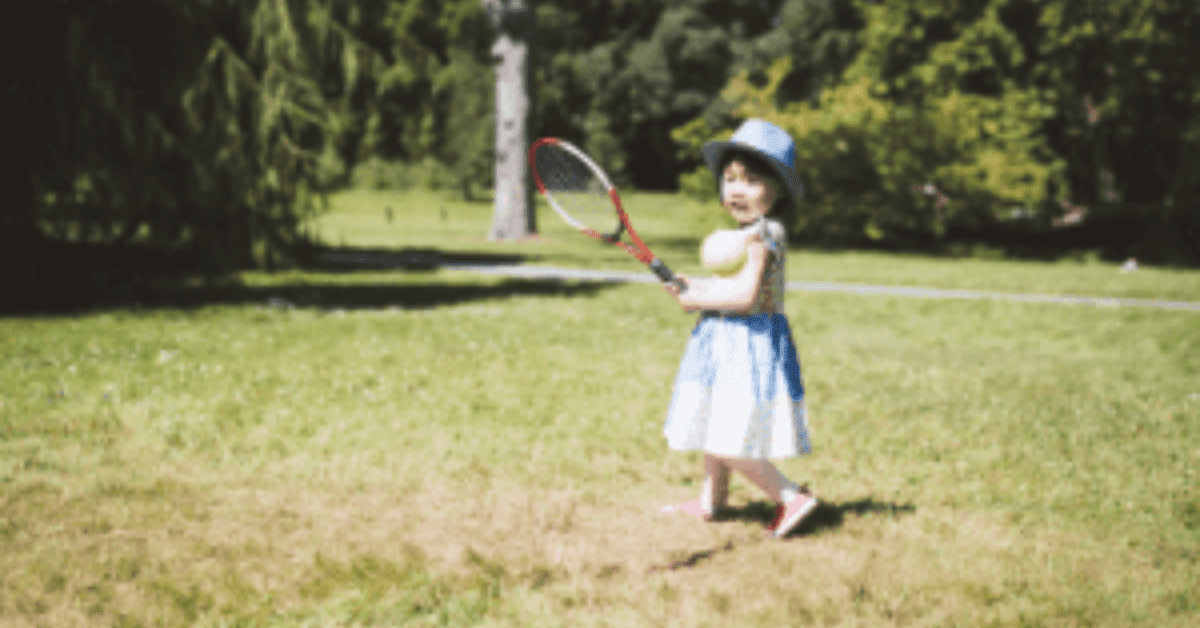

Exercise is great for our body brain and emotions and Fennies PE Coordinator, Sasha Flynn, wants to share with you some great activities that not only get your child moving but, support their development.
Children can have an overwhelming amount of energy, constantly running, jumping, and exploring the world around them. Sasha lets us in on a few tips on how to put that energy to good use by encouraging physical activity that builds life-long healthy habits and confident problem-solvers.
Each activity has the intent to encourage and improve at least one of the areas of learning and development such as communication and language, personal, social, and emotional skills.
Be a role model and encourage your child to take part in the activities you enjoy doing
Find what your child enjoys by experimenting with different sports until they find something they love
Make time and prioritise physical activity each day
Consistency is key in whatever activities you choose, doing it regularly is important for maintaining positive effects on your mental and physical well-being
Don’t be hard on yourself if you don’t feel as though you’ve been as active as normal. Sometimes just a walk around the block can give you and your child a well-needed breath of fresh air.
The NHS recommends that children between the age of 3 and 4 years should be active for at least 3 hours a day. This is because daily activity is crucial to children’s physical development, supporting gross motor skills, muscle health, and bone strength.
So how can we get children to get active once they get home and not reach for a screen?
Sasha has pulled together 6 activities that children at Fennies love the most and can be played at home, and best of all they all support the important elements of development:
Develop balance and coordination whilst having fun!
TIP: You can develop this further by adding numbers to the coloured spots and calling out the number your child has to run to.
Too easy? Add numbers to each spot and call out the number your child must run to and strike a pose!
This classic game of balance and coordination will have you laughing all the way to the finishing line!
You’ll have an egg-cellent time!
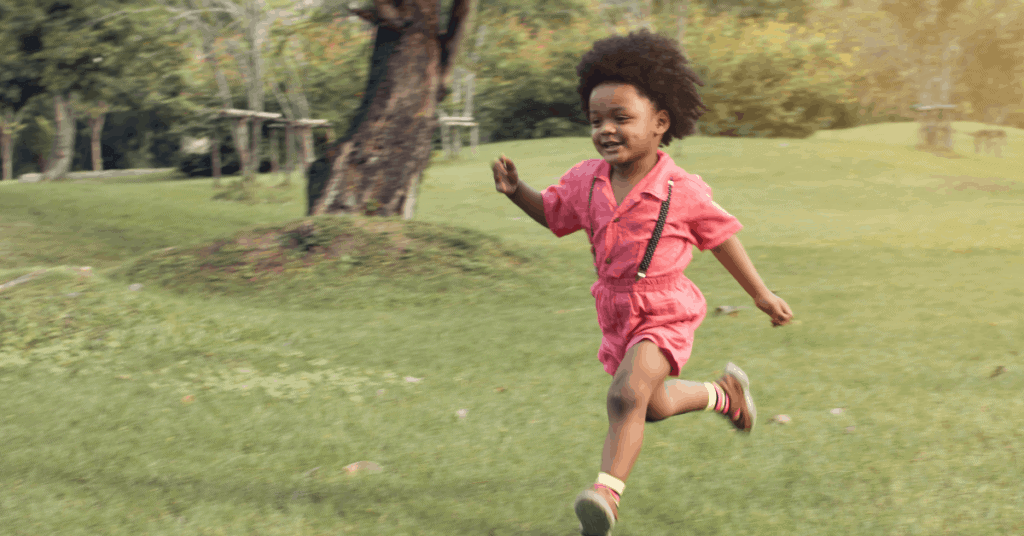

Being physically active doesn’t have to look like traditional exercise, it’s important to just get moving! Not only is this good for our bodies, but sports make for great practice for developing social skills that we use every day.
Teamwork is in full swing with Sasha’s Sponge Ball Relay with this activity that is great for your child and all their friends! (or you can even join in!)
Make the below make sense for singular or multiple kids
TIP: Mix it up and try different ways of travelling like skipping, hopping, or jumping to collect the ball
Mastering the art of being a team player not only sets children up for school but is a crucial social skill throughout life.
The pre-school years are an excellent stage to cultivate teambuilding skills, which in time will develop into empathy, strong communication, compromise and patience.
Simon Says can be played just about anywhere and is a great way to keep active come rain or shine
These activities also help the ability to retain and act on instructions help improve children’s language and communication skills, memory, and concentration.
“Children learn to cooperate with people through teamwork activities. This also promotes social awareness as the children learn to listen and respond to each other’s needs.”
Sasha Flynn, PE Coordinator Tweet


Children have to navigate their way through a fast-paced modern world. Recent studies show that children who take part in regular exercise, develop better concentration, problem-solving skills, and creativity.
Sasha incorporates elements of problem solving into activities for the children to encourage them to become more confident and independent with decision making, this in time teaches determination and perseverance.
Take Storytime to the next level with this Fennies favorite
Exercise has been shown to improve focus and mood in children. Activities such as yoga and breathing techniques can reduce the symptoms of anxiety.
Balance, problem-solving and communication, ‘The Frying Pan’ has it all
“During the sessions children learn to self-regulate their own emotions in a fun and engaging way. They become able to identify their feelings and figure out how to overcome them. We have had great feedback from our parents and the children love practicing this at home.”
Jaimie Cooper-Roberts, Fennies Horley Manager Tweet
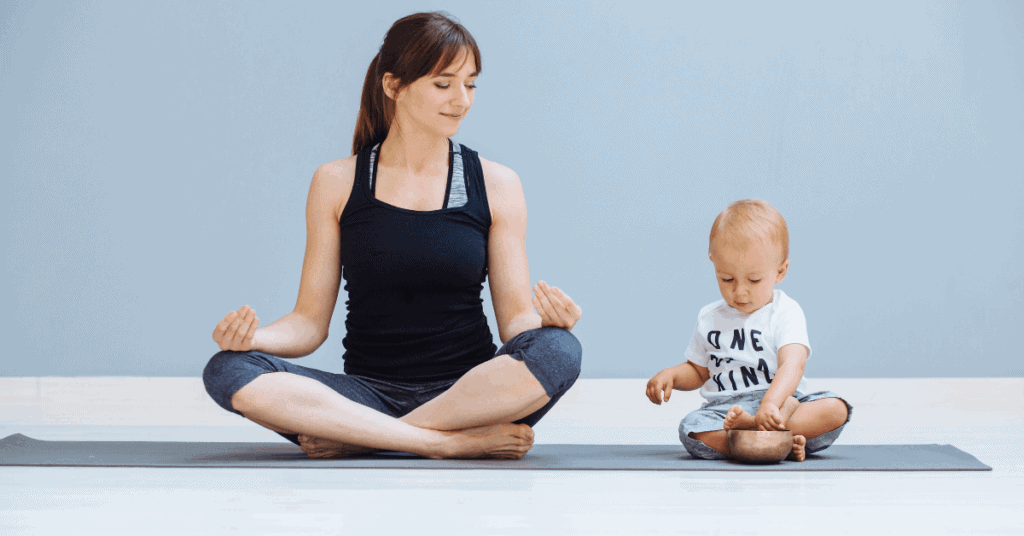



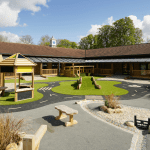

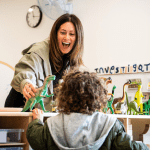



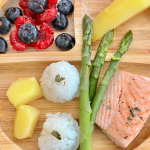



View All
This website uses cookies so that we can provide you with the best user experience possible. Cookie information is stored in your browser and performs functions such as recognising you when you return to our website and helping our team to understand which sections of the website you find most interesting and useful.
You can read out full privacy policy here
Strictly Necessary Cookie should be enabled at all times so that we can save your preferences for cookie settings.
If you disable this cookie, we will not be able to save your preferences. This means that every time you visit this website you will need to enable or disable cookies again.